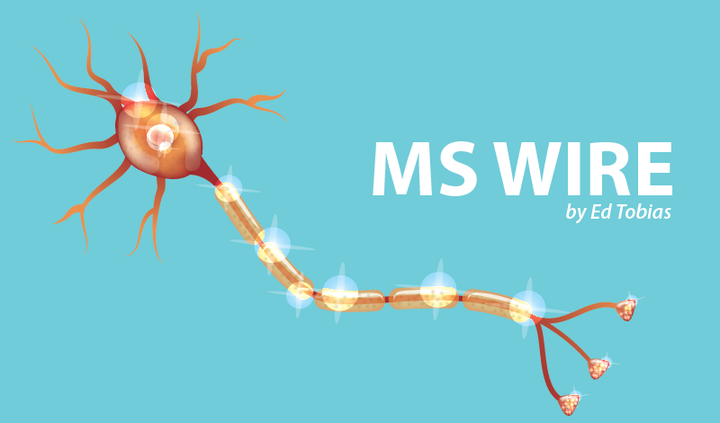MS News That Caught My Eye Last Week: A Myelin Discovery; Comparing Gilenya and Tecfidera; Measuring a Fall Risk; Smoking, Obesity, and MS


Discovery of ‘Fiery’ Cell Death Mechanism May Be MS ‘Game-Changer’
Researchers at the University of Alberta have discovered a process that may be responsible for destroying myelin. Better than that, they also think they have a way of limiting that process using a medication. The inhibitor, known as VX-765, is being tested in clinical trials right now as a treatment for epilepsy.
Researchers have unveiled a new cell death mechanism called pyroptosis — also known as “fiery death” — as a main factor driving neurodegeneration and loss of myelin in people with multiple sclerosis (MS).
An inhibitor of pyroptosis, currently undergoing testing in human clinical trials for epilepsy, decreased central nervous system inflammation and reduced several of the neurobehavioral deficits in a mouse model of MS.
***
Effectiveness of Gilenya and Tecfidera Compared in Real-World Study in Italy
I like it when medications are tested in the real world, rather than in a tightly controlled clinical study. And I like to see medications compared. Naturally, then, this story interested me.
Gilenya (fingolimod) and Tecfidera (dimethyl fumarate) are equally effective as first-line treatments in people with relapsing-remitting multiple sclerosis (RRMS), but Gilenya may be of slightly more benefit to those who switch from a previous injectable therapy, according to a real-world study of patients in Italy.
The study, “Fingolimod vs. dimethyl fumarate in multiple sclerosis, A real-world propensity score-matched study,” was published in the journal Neurology.
***
Perceptions of Fall Risk as Important as Physical Limitations and Need Be Part of Risk Assessment, Study Says
Does it sometimes seem as if the more you worry about falling, the more likely you are to fall? It’s happened to me, and I’ll bet it’s happened to you. Researchers in this study say a psychological fall risk assessment is as important as measuring physical risks, such as gait problems. Is your neuro doing both?
For ambulatory multiple sclerosis patients with mobility problems, perceptions of being at risk of falling are as important as the risk due to their physical condition — and both should be tested when evaluating fall risk in this patient population, a study reports.
The study, “The relationship between physiological and perceived fall risk in people with multiple sclerosis: Implications for assessment and management,” was published in the journal Archives of Physical Medicine and Rehabilitation.
***
Obesity and Smoking in Teen Years Could Speed Adult’s Progression to SPMS, Study Reports
You’re a teenager, you’re very overweight, and you smoke; that combination could increase your risk of developing MS and/or moving into secondary progressive sooner. This is important information for teens and young adults.
Young adults at age 20 who are obese and smoke are not only at a higher risk of developing relapsing multiple sclerosis — those who become MS patients after age 20 are also more likely to advance to secondary progressive MS more quickly, researchers in Sweden report.
But the link seen between obesity, defined as a body mass index greater than 30, and secondary progressive multiple sclerosis (SPMS) did not hold in MS patients who were not tobacco smokers, the researchers noted, an observation that “may give insight to disease driving mechanisms.”
***
Discuss the latest MS news in the forums!
Note: Multiple Sclerosis News Today is strictly a news and information website about the disease. It does not provide medical advice, diagnosis, or treatment. This content is not intended to be a substitute for professional medical advice, diagnosis, or treatment. Always seek the advice of your physician or other qualified health provider with any questions you may have regarding a medical condition. Never disregard professional medical advice or delay in seeking it because of something you have read on this website. The opinions expressed in this column are not those of Multiple Sclerosis News Today, or its parent company, Bionews Services, and are intended to spark discussion about issues pertaining to multiple sclerosis.







Leave a comment
Fill in the required fields to post. Your email address will not be published.